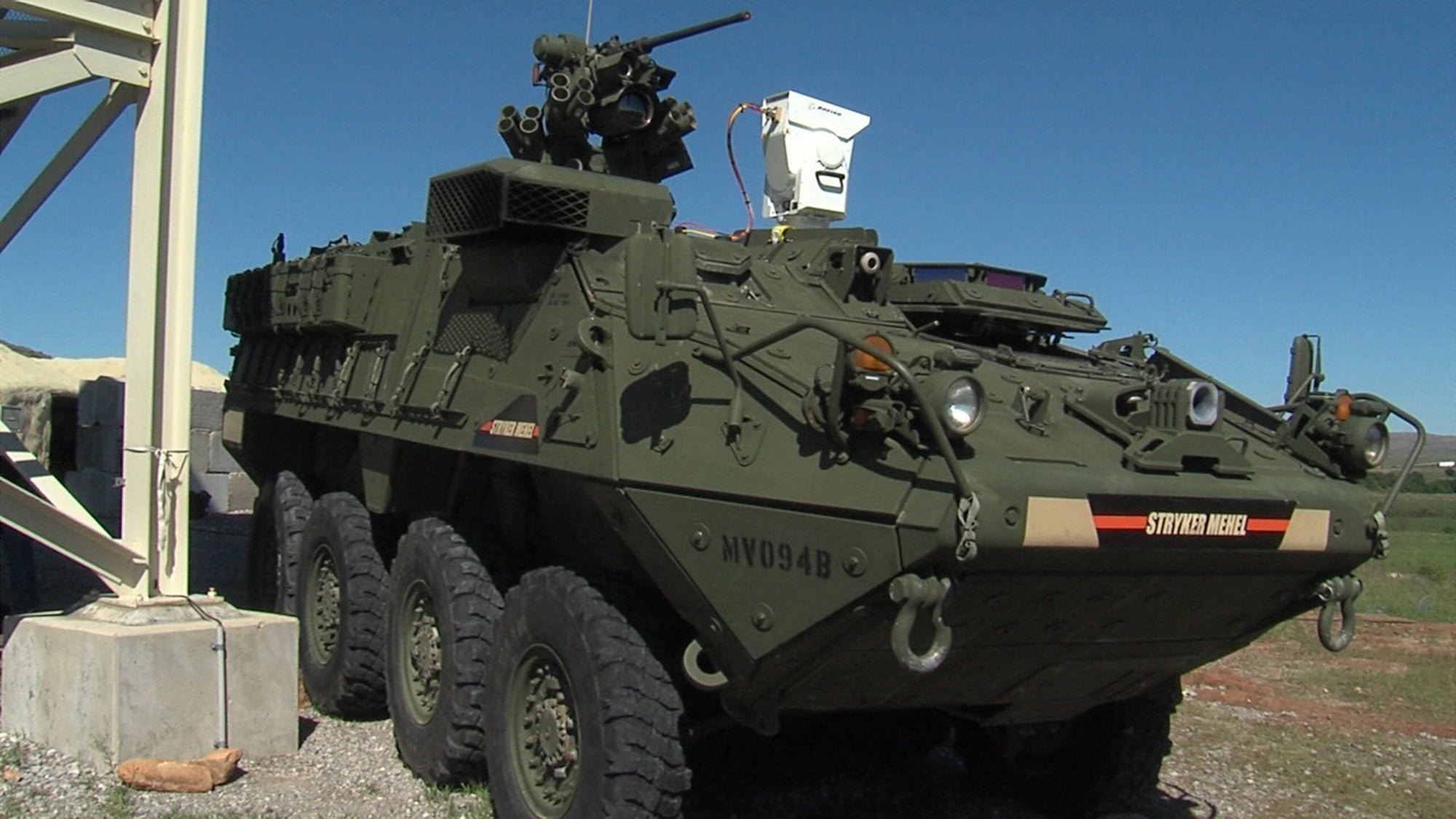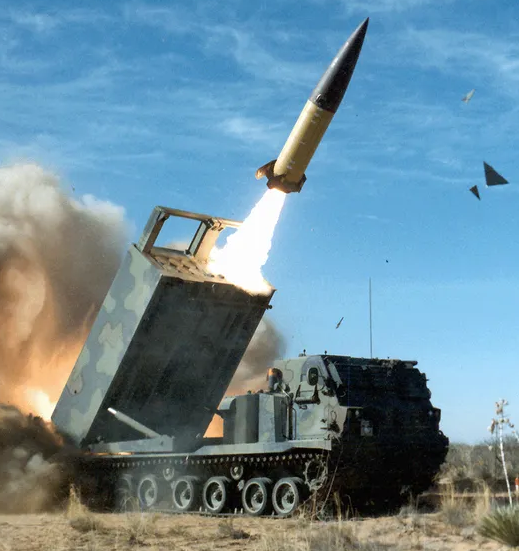Lockheed Martin plans to make its most powerful military laser yet, 500 kilowatts::The planned laser will be in the 500-kilowatt range. Weapons like these can defend a ship or base against drones or other projectiles.
for those wondering, the (fictional) laser in the 1985 film Real Genius that could vaporize a human target from space was 9.4 megawatts.
For anyone wondering, it would take 128.7 Real Genius laser beam blasts worth of energy to make one time travel jump in Back to the Future’s Delorean.
Great Scott!
Thanks, I was wondering just that.
I thought someone might. I just happened to be watching it last night, so I remembered the power rating of the laser.
biggest issue there would be a) the quantity of atmosphere you have to punch through, and then b) the inverse square law. I know that the GEDI lasers are firing at 1024 nm and 10 mJ. They are on the ISS so not particularly high up ( I suppose the amount of atmosphere is about the same), and they have a spot radius of 25 meters on the ground. GEDI fires at 242 times per second. So something around 242/s * 10 MJ * 0.000278 (MJ/MW) is 0.67276 megawatts? That’s seems vaguely reasonable. I’ve never heard of anyone even considering that they’re getting hit by lasers constantly, and if I recall, the number of photos hitting the ground in that system is in the order of thousands to hundreds of thousands (I believe it’s hundreds hitting the detector).
So yeah. you’ll need a bigger laser. Too much atmosphere.
The inverse square law applies to lasers?!
My bad. I was wrong there. Laser spread is called beam divergence and is measured in typically measured in mRad. Was replying quickly and not thinking. Just knew the measurements off the top of my head because I’m working with its data at the moment.
this is why I sort of ducked out when they started doing the math with lasers, cause my brain could only take so much physics fuckery
sqolid state physics is something else as well
An important thing to remember about any topic is that it’s actually more accessible than you’d think.
Even quantum computing boils down to basic matrix math that you can learn in 5 minutes, the concept of superposition, and an understanding of logic gates. These are all intimidating concepts, but always, always, always complicated terminology is just simple concepts stacked onto each other.
That stuff about the inverse square law… all it is is being aware that it’s an equation that measures how weak an omnidirectional signal gets the farther away from it you move. So, for example how much light a lightbulb would send into your eye based on how close you are to it.
Lasers use phased lightwaves that don’t dim at a distance the way a lightbulb does because they are not omnidirectional. All their light is highly focused in one direction.
So when he mentioned the inverse square law it sounded wrong to me, so I asked the question. I didn’t know. Maybe it’s a modified version of that equation?
It never hurts to ask. And it turns out that he did misspeak. He corrected himself, and now I’ve learned just a tiny bit more than I knew before.
Great flick
I wonder if the engineers have a jar in the laboratory, where you have to put in a dollar every time you refer to the laser as a “death ray.”
Or for doing a Dr. Evil “laser”.
deleted by creator
Phased plasma rifle in the 500kw range.
The system reports by saying Ima firin mah lazor
Yeah this is what we need… More weapons to kill eachother.
Lasers like this are mostly useful as defensive weapons. They are good at shooting incoming artillery shells, missiles, and small drones. They don’t have the range to be an effective offensive weapon. Kinetic effectors dominate there.
If these existed today, many fewer Ukrainian civilians would be dead from Russian drones and missiles.







